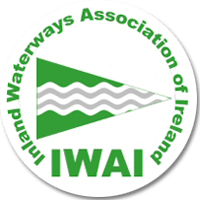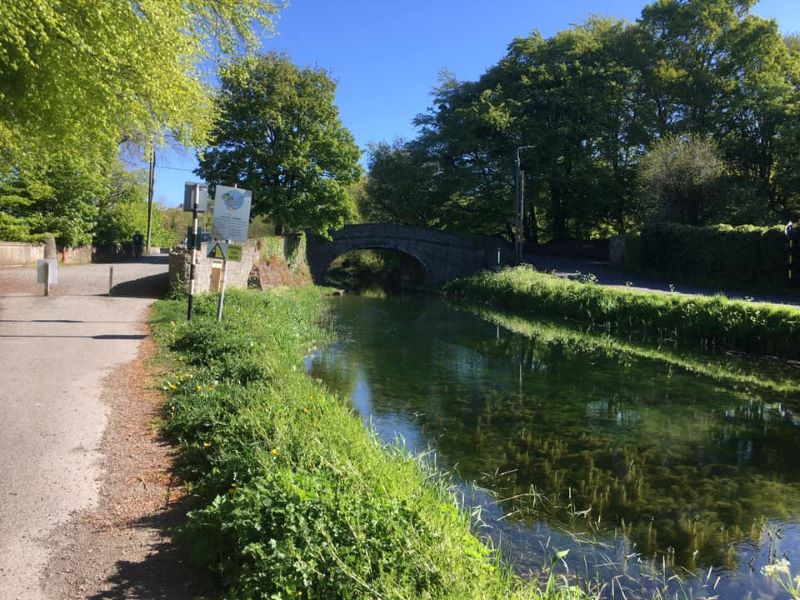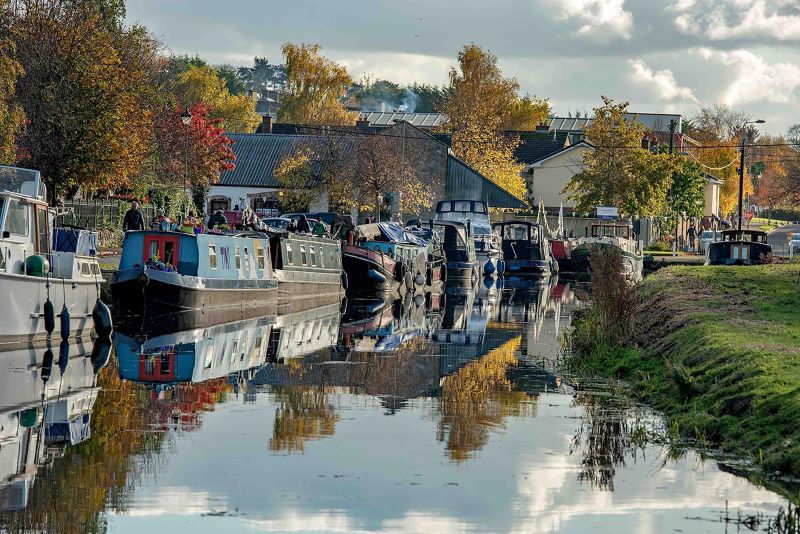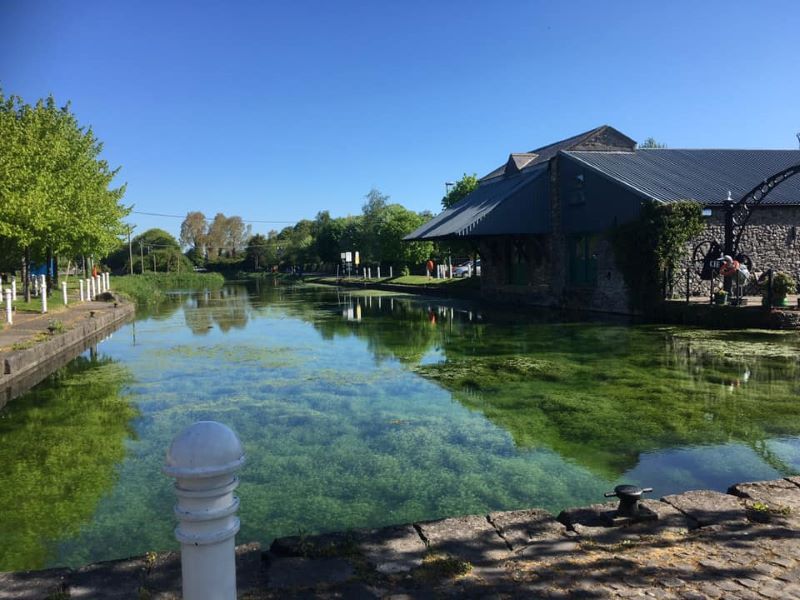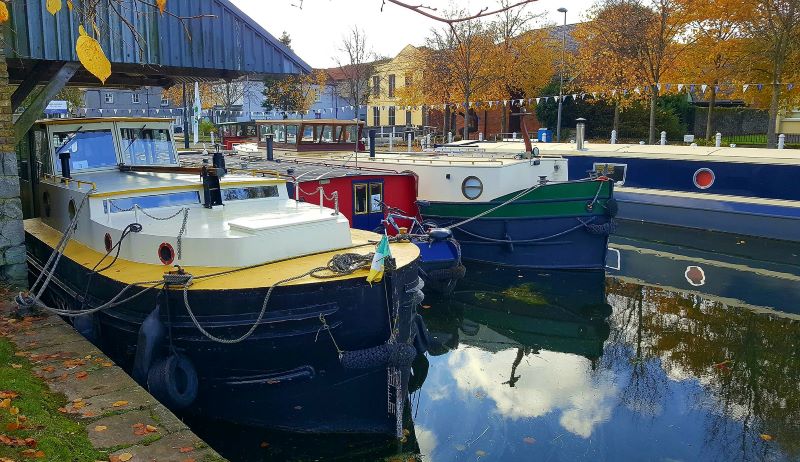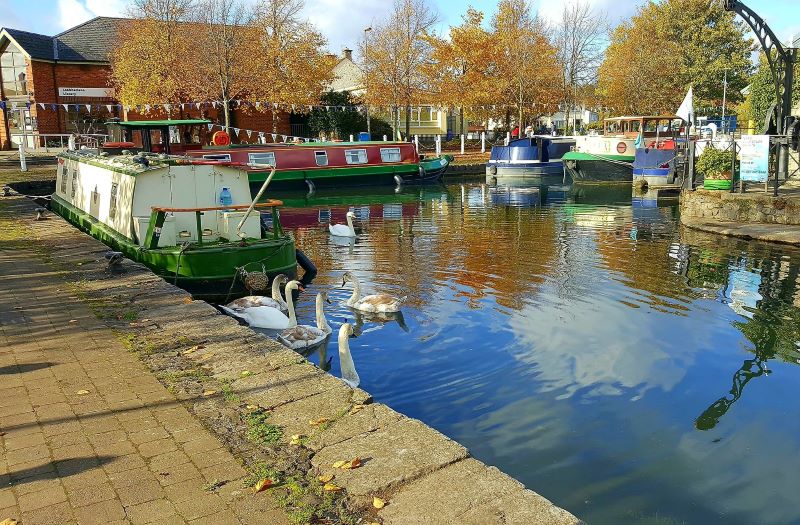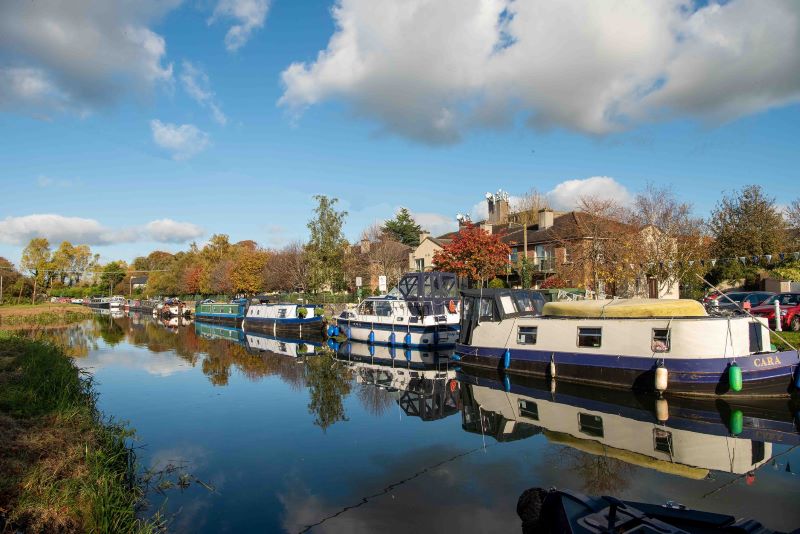We’ve all heard of the weed invasion – where plants from other climes or from our gardens escape and create a new habitat in the wild. This can add variety to swathes of wild flowers in blossom during the summer, but with others where the growth is rampant, these invaders take over our verges, hedgerows and waterways at the expense of our native flora and fauna.
Our canals are suffering from an invasion. Some of these are native plants where due to the warming of waterways for longer periods in recent years and a growth of silt at the bottom of the cut, these plants now grow profusely. But others have been introduced into the wild from gardens, where owners add one or two plants to their water ‘feature’ to keep the water clear in their ponds. It works, but the plants themselves proliferate and when gardeners remove the excess, they can end up in our waterways.
Some aquatic plants die back in the cold, they turn brown, sink and go to sleep on the bottom of the canal when the first frost hits and are not seen again until the following spring when they come to life again, as the water starts to warm. There are those with a very annoying habit of propagating from small pieces that break off and fall to the bottom of the canal. Therefore, cutting their tops off in the spring, just leads to a thickening of the weed layer. The current maintenance strategy on our canals is to cut back aquatic weed, once per year, usually in the spring with hedges and reeds cut back in late autumn. These weeds are now clogging our canals making them impassible for boats from May to September.
This is a long way of answering the question that is frequently asked – “why are there no boats moving along the canals in the middle of summer?”
Here is one example. These photographs show the beautiful Naas Canal, a branch of the Grand Canal, idyllic in May sunshine but with the water clogged with weed. There are also images of the same waterway in autumn, packed for the Naas Canal Festival. You can still see a little weed, but for the most part it has died down, allowing boats to navigate up the canal to Naas for this very important date in the IWAI Kildare calendar.

